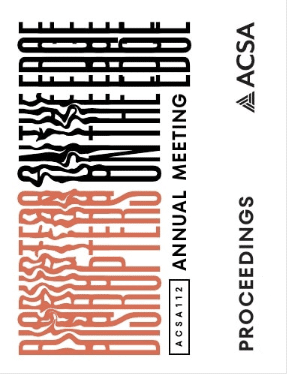Author(s): Annalisa Meyboom & Kaia Nielson-Roine
While there is much interest from both the construction industry and government to develop new pathways for salvaging and recycling wood products there has not been significant movement in implementing large scale wood recycling initiatives. Despite having one of the strictest recycling programs in the country, the city of Vancouver still a significant construction and demolition (C&D) waste problem. The Zero Waste Policies from Metro Vancouver Municipalities has allowed 78% (1.3 million tonnes) of all waste streams to be diverted from regional landfills, but wood C&D waste (31% of all C&D waste) still largely ends up in the landfill.1,2 Given that about 57% of new buildings in Vancouver are light-wood type buildings and the Vancouver Landfill is slated to be decommissioned in 2037, the city needs a strategy to divert these large volumes of wood from being landfilled.3 This project presents a method to recycle salvaged wood from deconstructed light-wood buildings and use those materials in new deconstructable assemblies. Common wood waste such as dimensional lumber, plywood, oriented strand board (OSB), laminated strand lumber (LSL), and laminated veneer lumber(LVL) can be recycled into new wood products including finger-jointed lumber, OSB, OSB/LSL or Plywood/LVL crosslam tiles, and wood fibre insulation. Typical light-wood frame construction can then be altered to incorporate these recycled materials and to facilitate deconstruction and further reuse. This project proposes that with proper recycling infrastructure and construction practices the value of wood extracted from the urban environment can be maintained across multiple generations of buildings creating a true circular economy of wood materials.
https://doi.org/10.35483/ACSA.AM.112.7
Volume Editors
Germane Barnes & Blair Satterfield
ISBN
978-1-944214-45-6

 Study Architecture
Study Architecture  ProPEL
ProPEL 
